Cobalt Niobium Zirconium Sputtering Target Description
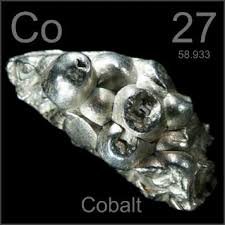
Cobalt is a chemical element named after the German word *kobald*, meaning “goblin.” It was first mentioned in 1732 and observed by G. Brandt. The chemical symbol for cobalt is “Co.” Cobalt is widely used as a blue pigment in paints, jewelry, and glass. It is also commonly alloyed with other metals to produce engine parts and cutting tools. In vacuum applications, cobalt serves as a ferromagnetic layer in magnetic storage media and as a transitional layer in battery fabrication.
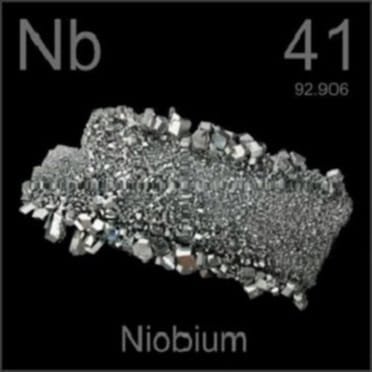 Niobium is a silver-colored metal typically found alongside tantalum, with the two elements being separated through fractional crystallization of their fluoro-complexes. It has an abundance of 20 ppm in the Earth’s crust. As a pure metal, niobium is highly reactive and forms a very stable oxide when exposed to air, which enhances its corrosion resistance. At elevated temperatures, niobium can react with various non-metals.
Niobium is a silver-colored metal typically found alongside tantalum, with the two elements being separated through fractional crystallization of their fluoro-complexes. It has an abundance of 20 ppm in the Earth’s crust. As a pure metal, niobium is highly reactive and forms a very stable oxide when exposed to air, which enhances its corrosion resistance. At elevated temperatures, niobium can react with various non-metals.
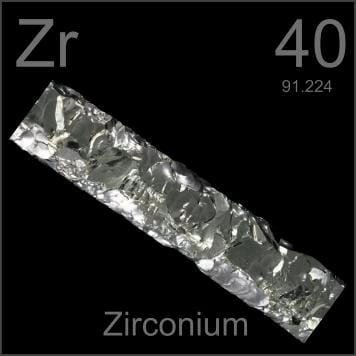 Zirconium is a lustrous, grey-white transition metal that closely resembles hafnium and, to a lesser extent, titanium. It is primarily used as a refractory and opacifier, with smaller amounts utilized as an alloying agent due to its strong corrosion resistance. Zirconium forms various inorganic and organometallic compounds, such as zirconium dioxide and zirconocene dichloride. It has five naturally occurring isotopes, three of which are stable. Zirconium compounds do not have any known biological role.
Zirconium is a lustrous, grey-white transition metal that closely resembles hafnium and, to a lesser extent, titanium. It is primarily used as a refractory and opacifier, with smaller amounts utilized as an alloying agent due to its strong corrosion resistance. Zirconium forms various inorganic and organometallic compounds, such as zirconium dioxide and zirconocene dichloride. It has five naturally occurring isotopes, three of which are stable. Zirconium compounds do not have any known biological role.
Related Products: Cobalt Sputtering Target, Niobium Sputtering Target, Zirconium Sputtering Target.
Cobalt Niobium Zirconium Sputtering Target Specifications
| Material Type | Cobalt Niobium Zirconium |
| Symbol | Co/Nb/Zr |
| Color/Appearance | Metallic solid in various forms including powder, sputtering target, foil, bar, plate |
| Melting Point | / |
| Density | / |
| Available Sizes | Dia.: 2.0″, 3.0″, 4.0″, 5.0″, 6.0″ Thick: 0.125″, 0.250″ |
We also offer other customized shapes and sizes of the sputtering targets; please Contact Us for more information.
Packing
Our Cobalt Niobium Zirconium Sputtering Targets are clearly tagged and labeled for efficient identification and quality control. We ensure that great care is taken to prevent any damage during storage and transportation, maintaining the targets in excellent condition.

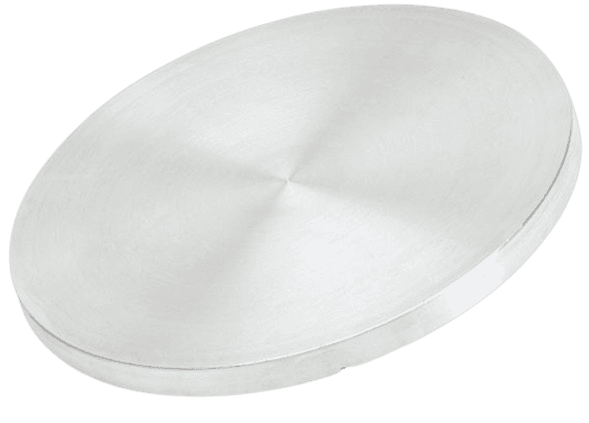
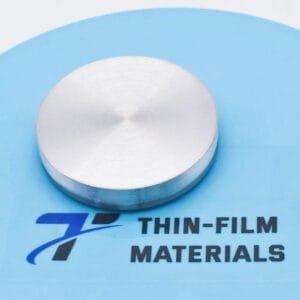
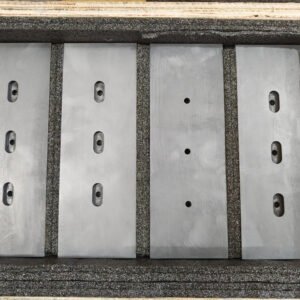

Reviews
There are no reviews yet.